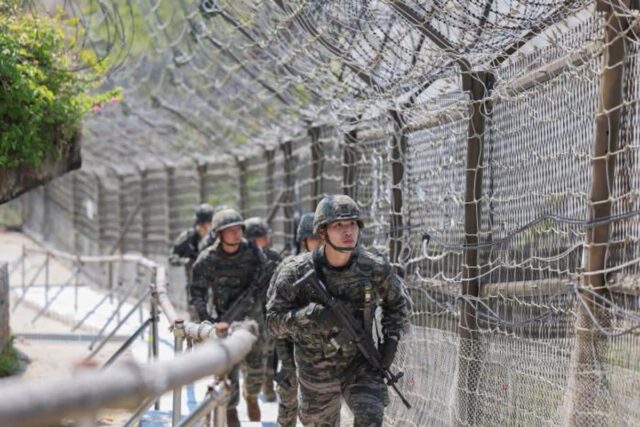
The Republic of Korea (ROK) and the United States (U.S.) Air Forces are conducting the 25-3 Buddy Squadron Exercise to enhance their combined operational capabilities.
Held from June 9 to June 13, this squadron-level combined air exercise aims to ensure unwavering combined defense readiness and improve proficiency in the latest tactics, techniques, and procedures between flight squadrons of both nations. First launched in 1991 under the name Friendship Training, the exercise was renamed to its current title in 1997.
Participating in this round of training are the ROK Air Force’s 202nd Fighter Squadron of the 16th Fighter Wing, flying FA-50 aircraft, and the U.S. Air Force’s 36th Fighter Squadron of the 51st Fighter Wing, operating F-16s. Together, they are conducting a range of combined aerial missions over the West Sea airspace.
ROK and U.S. pilots are conducting realistic training to address increasingly sophisticated airborne threats, including North Korea’s efforts to upgrade its fighter fleet and recent cruise missile provocations. Training includes combined Mission Planning Cell (MPC) operations, Air Interdiction (AI) missions designed with air-to-ground HARM (High-speed Anti-Radiation Missile) tactics in mind to counter surface-to-air threats, and Exercise-Integrated Air Interdiction (X-INT) missions involving the simulation of adversary aircraft.
The AI mission conducted on June 10 also included KF-16 fighters from the ROK Air Force’s 20th Fighter Wing, further elevating the quality of the training.
Through the exchange of operational and tactical expertise between the two countries, the exercise is expected to deepen practical experience in combined operations and reinforce bonds and teamwork between the ROK and U.S. Air Forces.
Captain Lee Jin Gu, an FA-50 pilot, stated that the combined tactical training, which takes into account both advanced airborne threats and surface-to-air challenges, is greatly enhancing their response capabilities. He added that repeatedly practicing mission execution procedures with the U.S. Air Force is boosting both their confidence in and understanding of combined operations.
















Comments0